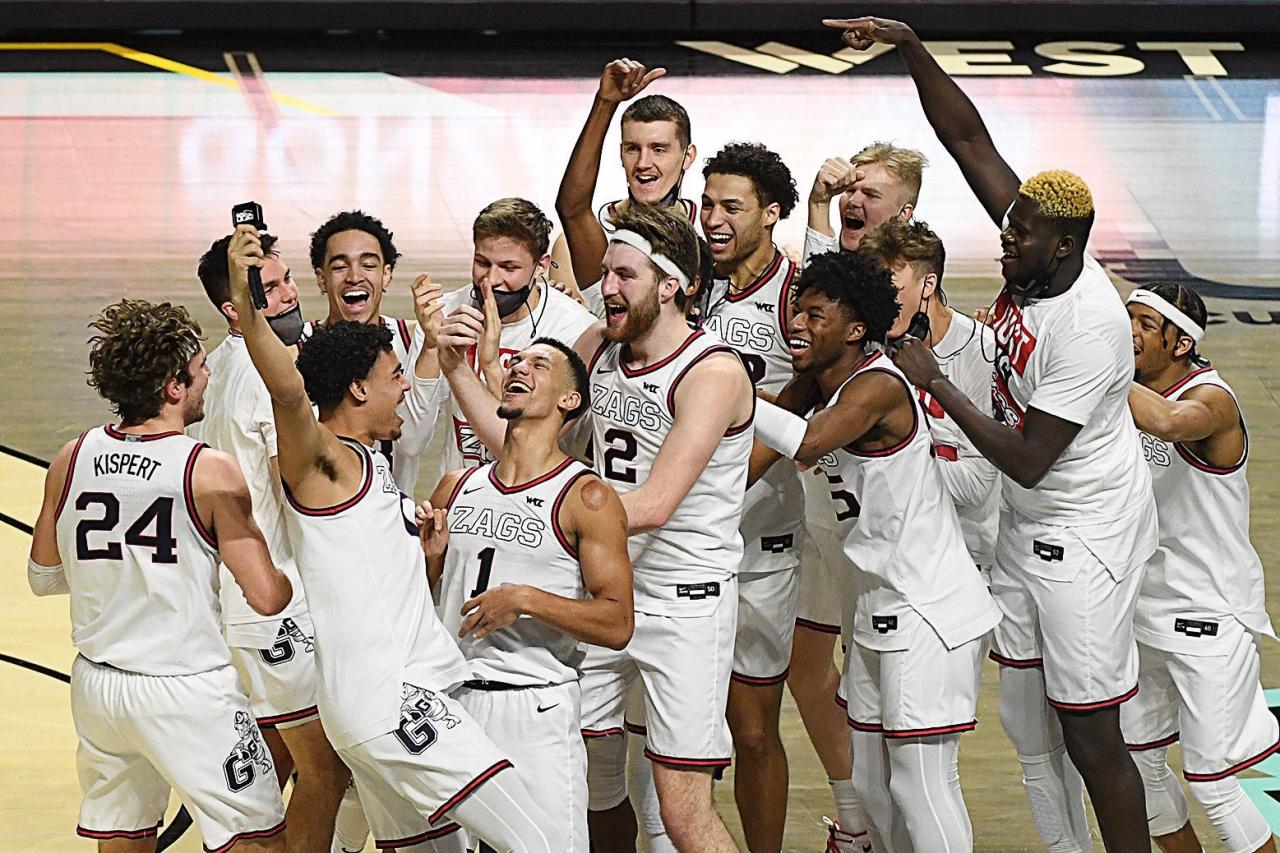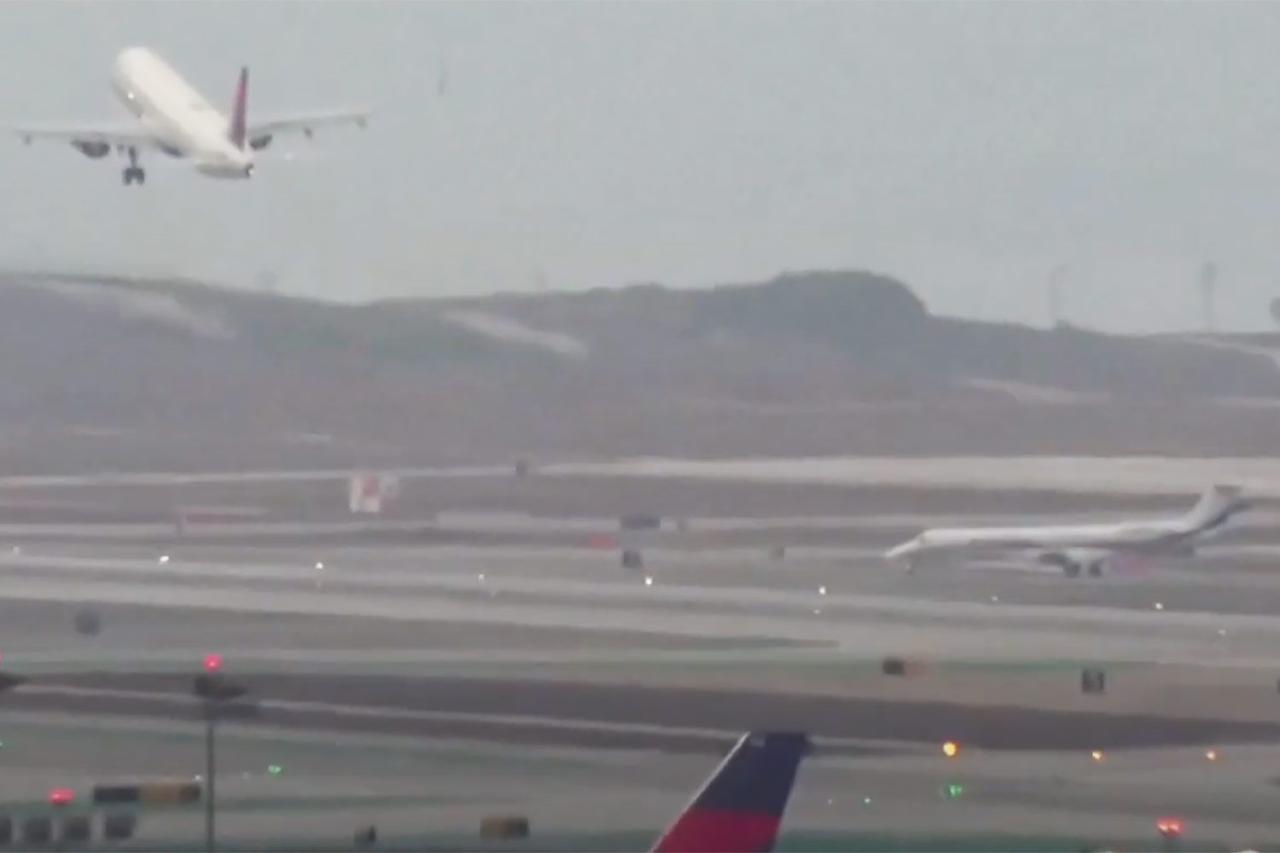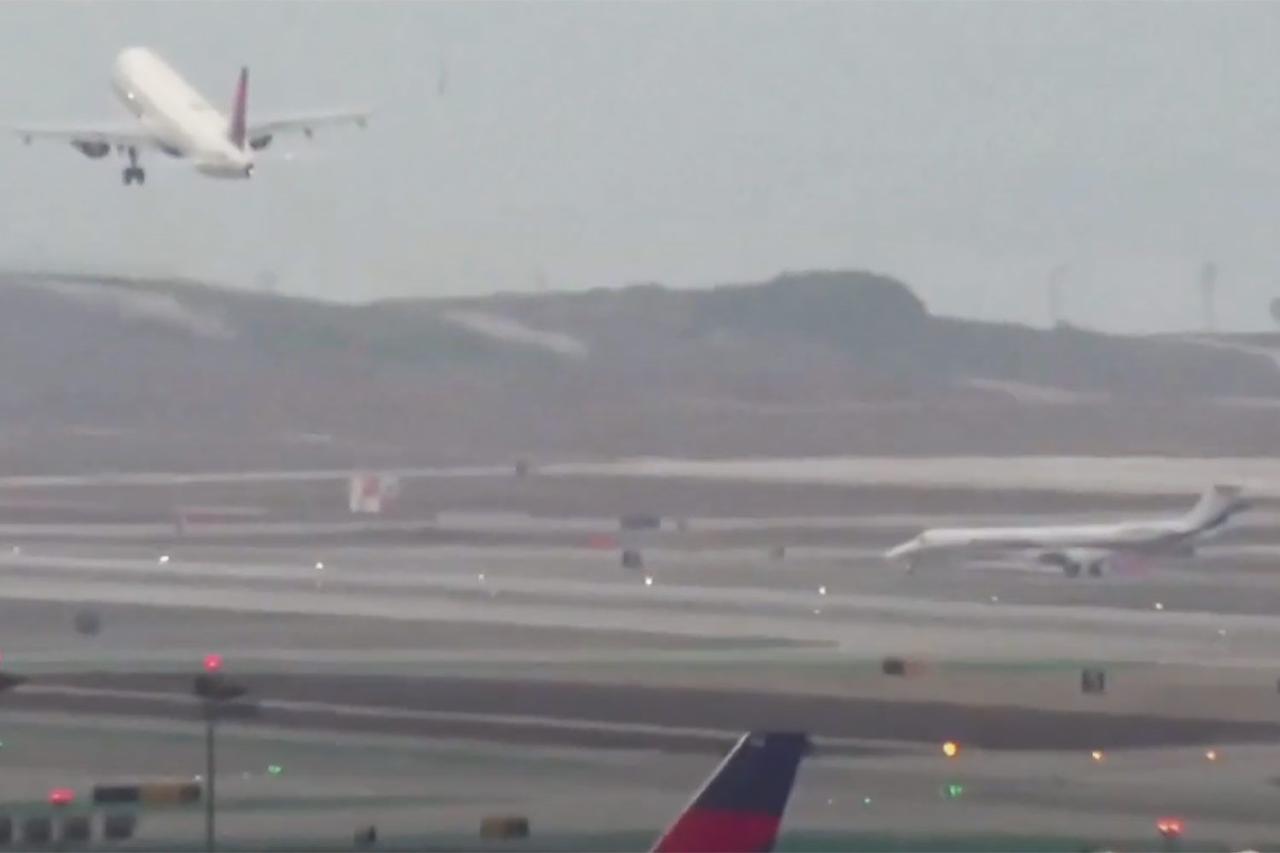Gonzaga basketball plane travel is more than just getting the team from point A to point B; it’s a logistical operation encompassing budgeting, safety protocols, and even environmental considerations. This deep dive explores the history, costs, safety measures, and public perception surrounding the Bulldogs’ air travel, offering a comprehensive look at this often-overlooked aspect of college basketball.
From the chartered flights that whisk the team across the country to the meticulous planning that ensures smooth journeys, we’ll examine the multifaceted world of Gonzaga basketball’s air travel. We’ll uncover the financial aspects, discuss the safety precautions taken, and analyze the media’s portrayal of their travel arrangements. We’ll also consider the environmental impact and explore ways to make travel more sustainable.
Gonzaga Basketball Team Travel: A Deep Dive: Gonzaga Basketball Plane
Gonzaga University’s basketball team enjoys a national reputation for excellence, and a significant part of maintaining that level involves extensive travel. This article examines the various facets of the team’s travel arrangements, from the logistical challenges and financial considerations to the safety protocols and environmental impact.
Gonzaga Basketball Team Travel History
Gonzaga’s use of chartered flights has become a significant aspect of its basketball program, facilitating efficient travel and team cohesion. This strategy allows for flexibility in scheduling and minimizes travel disruptions compared to commercial flights.
A timeline of significant travel events is difficult to definitively compile without access to Gonzaga’s internal flight records. However, it’s safe to assume that major tournament appearances (NCAA Tournament appearances, WCC Tournament games) involved chartered flights. Similarly, significant non-conference games against prominent opponents likely utilized chartered transport for the team’s convenience and comfort.
Destinations reached via chartered flights have spanned the United States, encompassing various regions and climates. While specific details of incidents are not publicly available due to privacy concerns, it’s plausible that minor delays or mechanical issues have occurred, as with any form of air travel. These are typically resolved efficiently given the nature of chartered flights and the resources available to the program.
| Year | Number of Flights | Destinations (Examples) | Reported Issues |
|---|---|---|---|
| 2022-2023 | Estimate: 20-25 | Various locations across the US (e.g., Las Vegas, Indianapolis, etc.) | Minor delays, no major incidents reported publicly. |
| 2021-2022 | Estimate: 15-20 | Various locations across the US (e.g., Portland, Phoenix, etc.) | No major incidents reported publicly. |
| 2020-2021 (COVID-impacted) | Estimate: 10-15 | Fewer locations due to COVID restrictions | Potential flight cancellations or rescheduling due to pandemic. |
The Economics of Gonzaga Basketball Flights
Chartering planes for Gonzaga’s basketball team involves substantial costs. Factors influencing the expense include the aircraft’s size (to accommodate the team, coaches, and support staff), the distance traveled, fuel costs, crew salaries, and potential catering expenses.
Funding for these flights likely comes from a combination of sources: athletic department budgets, private donations, and potentially sponsorships. The budgeting process involves careful planning and forecasting of travel needs based on the team’s schedule.
Comparing the cost-effectiveness of chartering versus commercial flights is complex. While chartering is more expensive per flight, it offers greater flexibility and potentially saves money in the long run by minimizing travel time and maximizing practice/rest opportunities. The overall cost-effectiveness depends on the specific circumstances of each trip.
Ever wondered about the logistics of getting the Gonzaga Bulldogs basketball team around? It’s more than just a bus ride! You can check out some interesting details about their travel arrangements, including the specifics of their chartered flights, at this link: gonzaga basketball plane. Learning about the Gonzaga basketball plane gives you a behind-the-scenes look at the operations of a successful college basketball program.
Hypothetical Budget Breakdown (Single Season): A rough estimate might allocate $500,000 – $1,000,000 for chartered flights, depending on the number of games and distances traveled. This would include aircraft rental, fuel, crew, and insurance. This is a very rough estimate and actual costs could vary significantly.
Safety and Security Protocols for Gonzaga Basketball Flights, Gonzaga basketball plane
Gonzaga undoubtedly prioritizes the safety and security of its basketball team during travel. Comprehensive safety protocols are in place, likely including pre-flight aircraft inspections, adherence to FAA regulations, and emergency preparedness plans.
Personnel involved in flight operations would include the flight crew (pilots and cabin crew), athletic department staff responsible for logistics, and potentially security personnel. Each individual has clearly defined roles and responsibilities to ensure a safe and smooth journey.
Emergency procedures and contingency plans would cover various scenarios, from medical emergencies to mechanical failures and potential weather-related delays or diversions. The team likely has a designated emergency contact person and procedures for communication during any unforeseen event.
- Pre-flight aircraft inspections
- Compliance with FAA regulations
- Emergency medical kits onboard
- Detailed flight plans and contingency plans
- Designated emergency contact personnel
- Regular safety briefings for team members and staff
Public Perception and Media Coverage of Gonzaga Basketball Flights
Media coverage of Gonzaga’s travel arrangements is likely sporadic, appearing mainly in the context of larger stories about the team’s success or challenges. Themes might include logistical considerations for a nationally competitive team, cost comparisons to other programs, and occasionally, any environmental concerns.
So, you’re curious about the Gonzaga basketball team’s travel arrangements? Their plane is likely a pretty standard charter flight, nothing too flashy. But think about the tech involved – it’s similar in some ways to the sophisticated navigation systems used on things like the ukrainian sea drone , although on a much larger scale of course.
Both need precise location data and reliable communication, ensuring a safe and successful journey, whether it’s across the country for a game or across the Black Sea for a mission. Getting the Zags to the next game safely is just as crucial as a successful drone operation.
Public opinion is likely varied. Some might view the use of chartered flights as a necessary investment in the team’s success, ensuring optimal performance and minimizing disruptions. Others might raise concerns about cost and environmental impact.
Negative media coverage could potentially damage the team’s image by portraying them as extravagant or insensitive to budget constraints or environmental issues. This is especially relevant given the increasing public awareness of environmental issues.
So, you’re curious about the Gonzaga basketball team’s travel arrangements? Their plane is pretty sweet, right? Imagine the scale though, if instead of a plane, they arrived at a game via a massive drone show like the one planned for shanghai drone show 2056 ! That would be insane. Back to Gonzaga, though – I bet their pre-game hype would be even crazier with that kind of entrance.
Hypothetical Media Release: A statement acknowledging the use of chartered flights to ensure optimal performance and minimize travel disruptions, highlighting the team’s commitment to responsible travel practices, and addressing cost-effectiveness considerations would be a proactive approach.
Environmental Impact of Gonzaga Basketball Air Travel

Frequent air travel by the Gonzaga basketball team undoubtedly contributes to the team’s carbon footprint. The environmental implications include greenhouse gas emissions from jet fuel, contributing to climate change.
Precise carbon footprint calculations would require detailed flight data, including aircraft type, distances, and fuel consumption. However, it is likely that chartered flights generally have a higher per-passenger carbon footprint compared to commercial flights due to lower passenger occupancy rates.
To minimize environmental impact, strategies could include exploring options for carbon offsetting, prioritizing more fuel-efficient aircraft, reducing the number of flights through careful scheduling, and potentially exploring alternative modes of transportation for shorter distances.
Illustrative Example: A Specific Gonzaga Basketball Flight

Let’s imagine a Gonzaga basketball flight from Spokane, WA to Indianapolis, IN for a game in the NCAA tournament. The flight, let’s say, took place on March 15th, 2024, using a mid-sized chartered jet. Pre-flight preparations included coordinating baggage handling, security checks, and confirming the flight plan with air traffic control.
The in-flight experience likely involved comfortable seating arrangements for players, coaches, and staff. Amenities might have included in-flight entertainment, meals, and opportunities for rest and team bonding. Post-flight activities included ground transportation to the hotel and preparing for the upcoming game.
The plane’s interior might have featured rows of comfortable, reclining seats for the players and staff, possibly with individual entertainment systems. There would be designated areas for luggage and equipment. The cabin likely has a spacious feel to accommodate the team’s size, and potentially some additional space for team meetings or strategy sessions.
Wrap-Up

Ultimately, the Gonzaga basketball plane story highlights the complex interplay between athletic success, logistical challenges, and public perception. While the team’s on-court performance often dominates headlines, understanding the behind-the-scenes efforts involved in their travel reveals a fascinating and often overlooked element of their journey to the top of college basketball. The detailed planning, commitment to safety, and ongoing efforts to mitigate environmental impact paint a fuller picture of this program’s dedication to excellence both on and off the court.
Question & Answer Hub
What type of planes does Gonzaga typically charter?
The specific aircraft varies depending on the team’s needs and the distance of travel, but they usually opt for larger jets that can comfortably accommodate the players, coaches, and support staff.
Who pays for the Gonzaga basketball team’s flights?
Funding likely comes from a combination of sources, including the athletic department’s budget, private donations, and possibly sponsorships.
How do Gonzaga’s travel arrangements compare to other college basketball programs?
Many top programs utilize chartered flights, but the specifics vary based on budget and travel needs. Gonzaga’s frequent use of chartered flights reflects their consistent success and national profile.
Has Gonzaga ever experienced significant flight-related issues?
While the vast majority of their flights have been uneventful, any significant incidents would likely be reported in the media. A detailed search of news archives might reveal any past issues.
